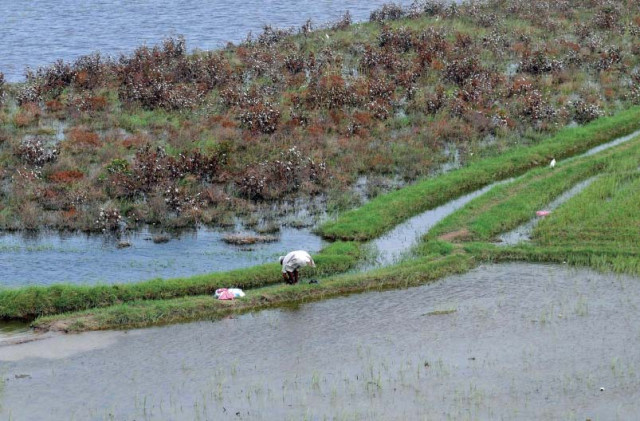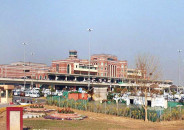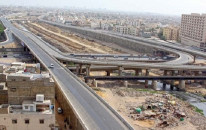Floods 2011: Thousands of villages yet to be reached
Relief workers say standing water inhibits relief work; call the situation ‘extremely tragic’.

It’s been more than a month since the onset of monsoon and subsequent flooding, but relief organisations say thousands of villages remain inaccessible.
Helicopters cannot be used to reach inaccessible areas because there is no space to land, said the World Food Programme spokesperson Amjad Jamal while talking to The Express Tribune.
The agency has distributed seven boats to district management authorities to reach inaccessible communities, which could be in thousands, Jamal said.
“These are populated areas,” said Jamal. “People have to travel on boats to come to cities and fetch clean water.”
Inaccessibility of thousands of villages was corroborated by another United Nations official who recently returned from the flood-affected areas of Sindh.
While there are conflicting reports, the situation on the ground is “extremely tragic,” the official said.
Between seven and 10 feet high water is still standing in areas in Badin, Mirpurkhas and Sanghar, he added.
While the damage is as pervasive as last year, the response is not, bemoaned Aly Khan, spokesperson for the Food and Agriculture Organisation (FAO).
More than 80,000 livestock have perished, which is alarming, Khan said, adding that up to 73% of all crops have been lost or damaged including cotton, rice, bananas, and vegetables.
Sugarcane, however, has managed to survive, he added.
About four-fifths of the affected population depends on agriculture for their livelihood and it is therefore imperative to provide them with funding to plant the Rabi crop.
FAO has made an appeal for $18.9 million but funds raised so far are zero, he added.
Published in The Express Tribune, September 29th, 2011.



















COMMENTS
Comments are moderated and generally will be posted if they are on-topic and not abusive.
For more information, please see our Comments FAQ